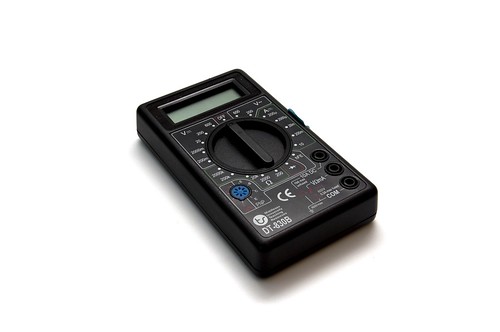Here's my first one. I have 12 volt electrics in a caravan and two sockets, but only one seems to be working.
Connecting a phone charger to socket 1, I get a red light, and I can plug it in and charge my phone.

With socket 2 I can't get a light or charge my phone. No matter how much I jiggle it around, or even connect directly to the wires, there just isn't a light on the phone charger.

But here's the mystery for me. If I connect my multimeter to the same socket 2, I get a 12v reading. I just don't understand how that can happen and it's driving me crazy! I get the exact same 12v reading on both socket 1 and socket 2 with the multimeter, but there's no way of getting the red light on the phone charger at socket 2. How can this be happening? Do I need to trace socket 2 back and figure out if it's disconnected somewhere?





